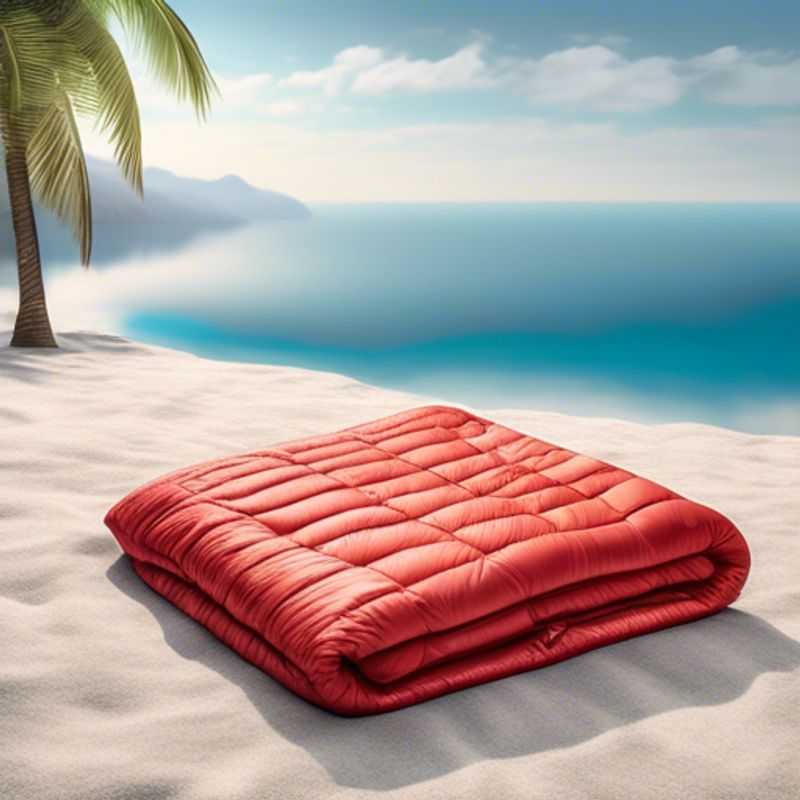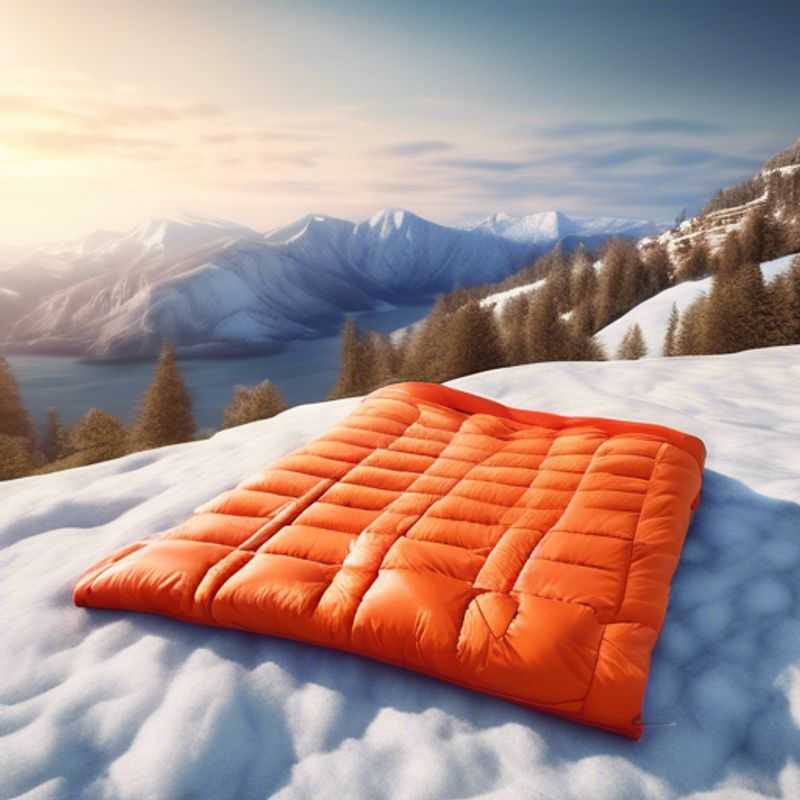Key Considerations When Choosing a Sleeping Bag or Travel Quilt: 3 Things You Need to Know

Temperature Rating: Matching the Climate for Snuggly Nights
Features Matter: Water-Resistance, Packability, and Weight for Your Comfort
Sleeping Bag or Travel Quilt: Choosing the Perfect Sleep Companion
Hey there, fellow adventurers! Getting ready for your next big trip? Whether it's a weekend getaway or a month-long expedition, having the right gear is key. And when it comes to sleeping under the stars, choosing the perfect sleeping bag or travel quilt is a big decision.
Don't worry, it doesn't have to be a daunting task! To make sure you're snug as a bug in a rug, let's explore the top three things to keep in mind:
First, temperature rating is your best friend. Imagine this: you're nestled in your sleeping bag, surrounded by the sounds of nature, and suddenly... you're shivering! No fun, right? That's why you need a bag that's rated for the temperatures you'll be facing.
- Choosing the right sleeping bag or travel quilt is like picking the perfect outfit for an adventure!

Don't Freeze (or Sweat)! Choosing the Right Temperature Rating for Your Gear
Choosing the right sleeping bag is crucial for a comfortable and enjoyable camping trip. One key factor to consider is the temperature rating, which indicates the coldest temperature the bag can comfortably handle. This rating is typically measured in degrees Fahrenheit or Celsius.
When selecting a sleeping bag, it's important to choose one that matches the expected climate conditions. A bag with a lower temperature rating is suitable for colder temperatures, while a higher rating is ideal for warmer climates.
To determine the right temperature rating, consider the lowest temperature you anticipate during your trip. It's generally recommended to choose a sleeping bag with a temperature rating 10 to 20 degrees Fahrenheit lower than the expected overnight low. This provides an extra layer of warmth and comfort.
For instance, if you're camping in a region where the temperature drops to 40 degrees Fahrenheit, a sleeping bag with a rating of 20 to 30 degrees Fahrenheit would be a suitable choice.

Choosing the Right Gear: Look for Water-Resistance, Packability, and Weight
Okay, let's talk about finding the perfect jacket. I know it's hard out there - so many choices! But we can make it easier. You see, when choosing a jacket, there are some key things to consider: water-resistance, packability, and weight. Think of it like this, it's like choosing the right outfit for a day out.
First, water-resistance. It's important to consider how much rain you expect or how close to the water you'll be. A good water-resistant jacket will keep you dry and comfortable in a drizzle or a downpour. If you're heading out for a hike in the mountains or a day on the beach, this is a must-have.
Next up is packability. This is about how easily the jacket can be folded up and stored in your bag. A jacket that packs down small is great for travel or for carrying in your backpack for those unexpected weather changes.
Finally, let's talk about weight. You want a jacket that's light enough to wear comfortably but also offers enough warmth and protection. Think about the climate you'll be in and how much you'll be moving around. A lightweight jacket is perfect for layering, while a heavier jacket will keep you warm in colder conditions.
Now, there are plenty of resources online that can help you dive deeper into these features, like specific materials or brands. But remember, the key is to find a jacket that fits your needs and makes you feel confident and ready for whatever adventure awaits!

Sleeping Bag vs. Travel Quilt: Which Cozy Companion Is Right for You?
Choosing between a sleeping bag and a travel quilt for your next adventure can feel like a tough decision, but it doesn’t have to be! Let’s break it down and make it simple.
Sleeping bags are the classic choice. They offer more warmth and are perfect for camping in cold weather. Their snug fit keeps you insulated and cozy, and they are generally more affordable than travel quilts. However, they can be bulky and less versatile.
Travel quilts are lighter and more packable, ideal for warmer weather or situations where space is a premium. They often come with straps or clips for easy attachment to your pack. Their versatility allows them to be used as blankets or even as extra padding on a picnic. However, travel quilts provide less warmth than sleeping bags and might not be suitable for very cold climates.
Ultimately, the best choice depends on your individual needs. If you’re looking for maximum warmth, packability, and versatility, a travel quilt might be the way to go. But for cold weather camping, a sleeping bag’s snug fit and insulation are unbeatable.
Remember to consider your individual needs, your intended use, and the weather conditions when making your decision. Happy trails!
